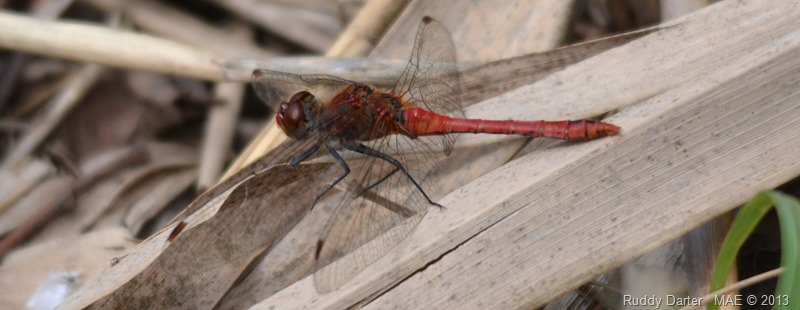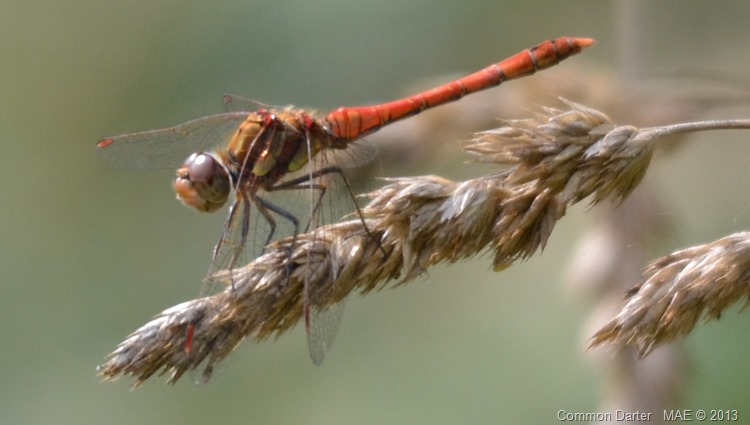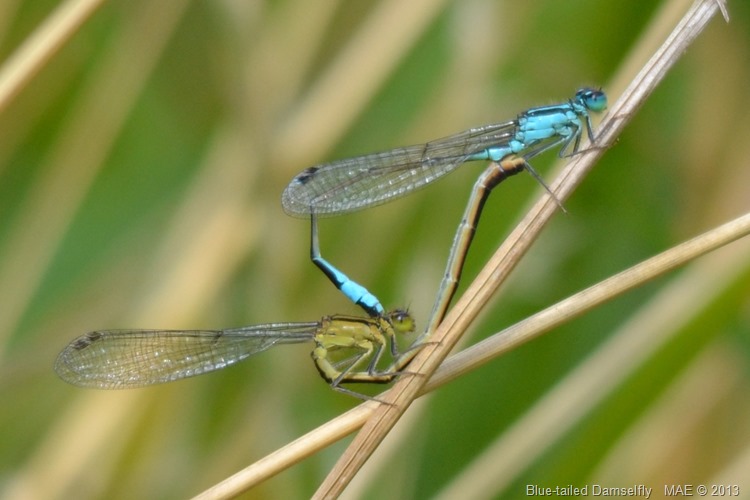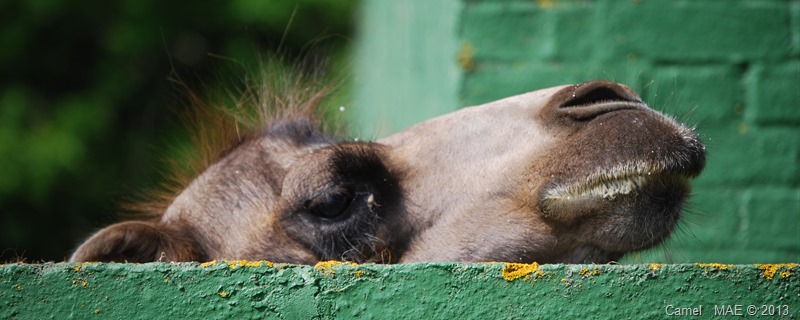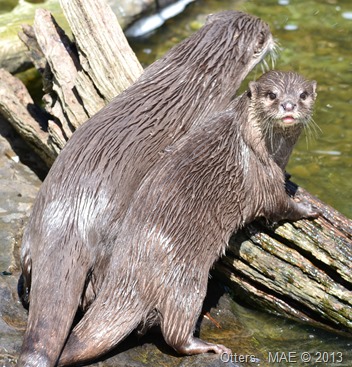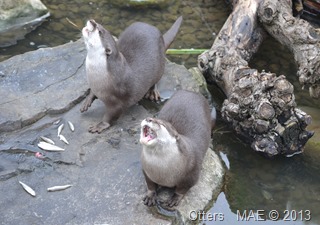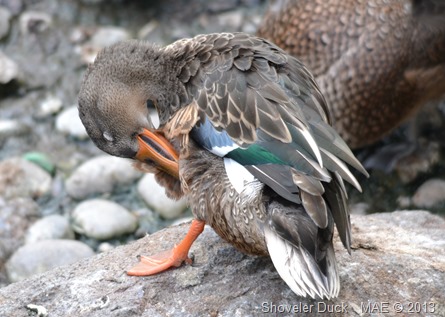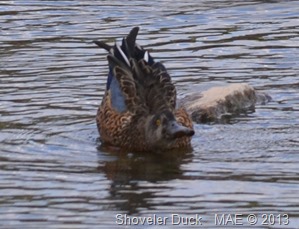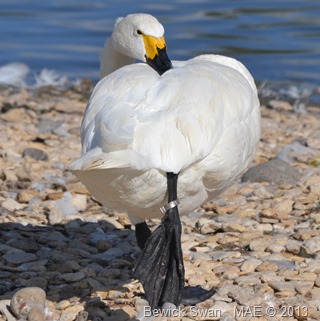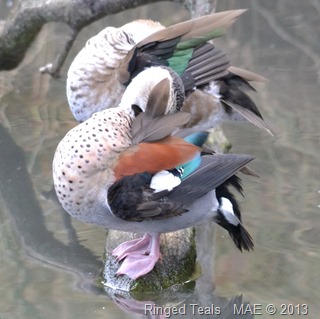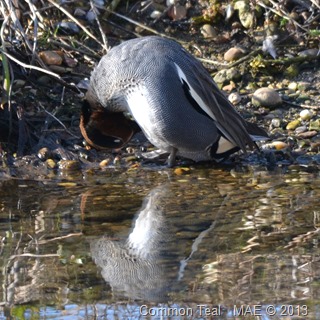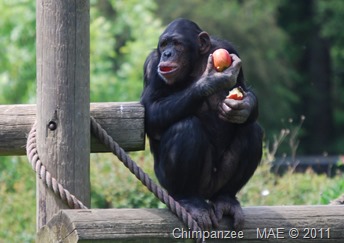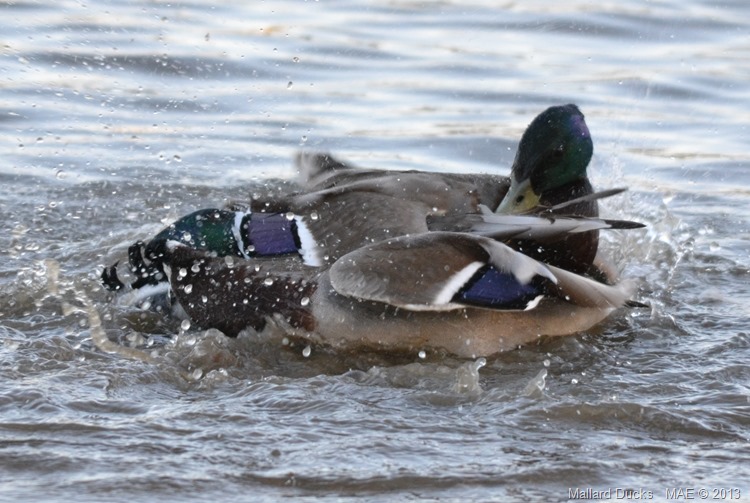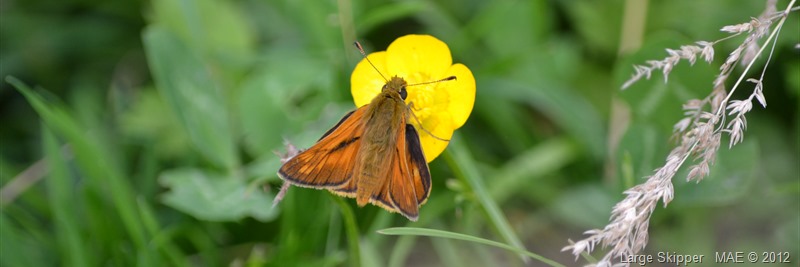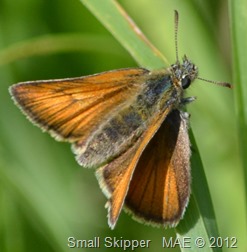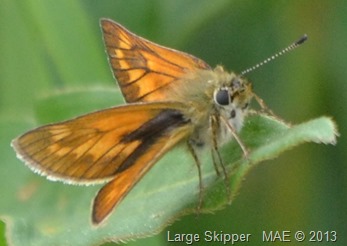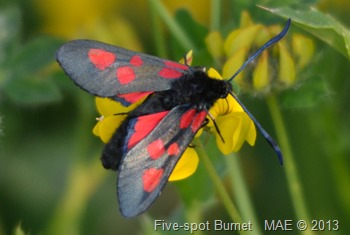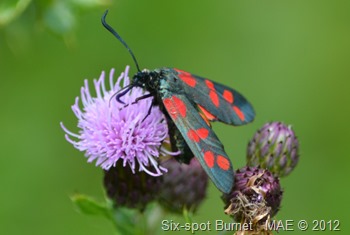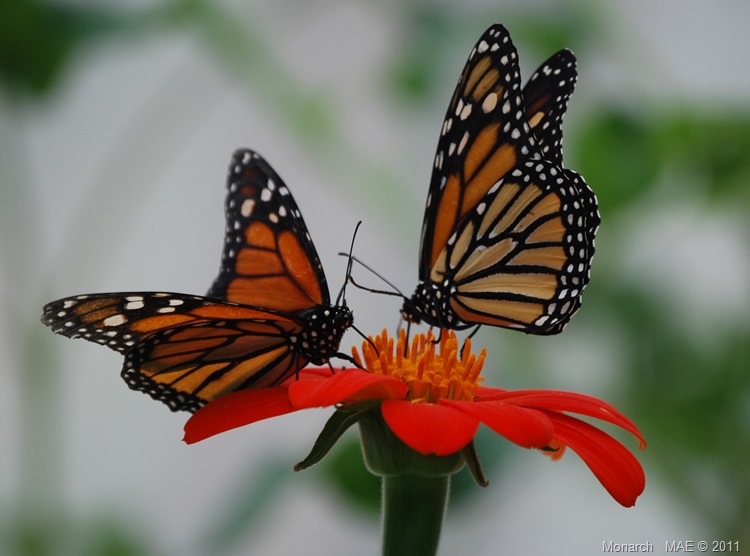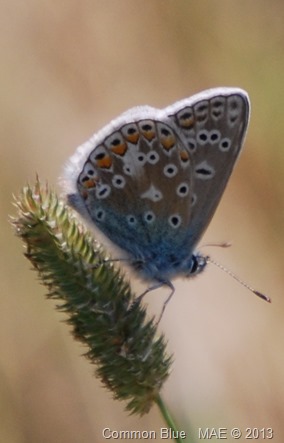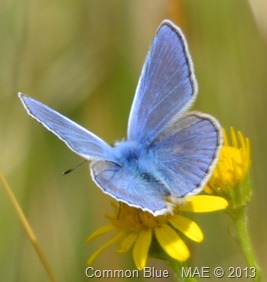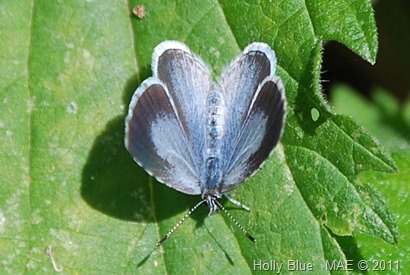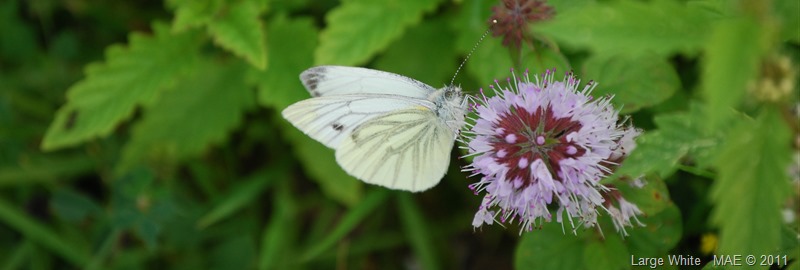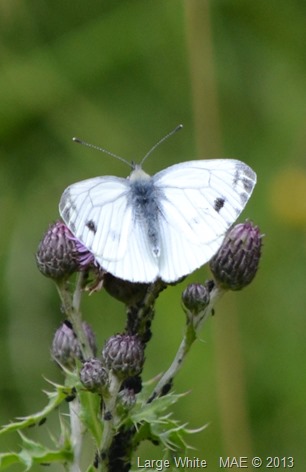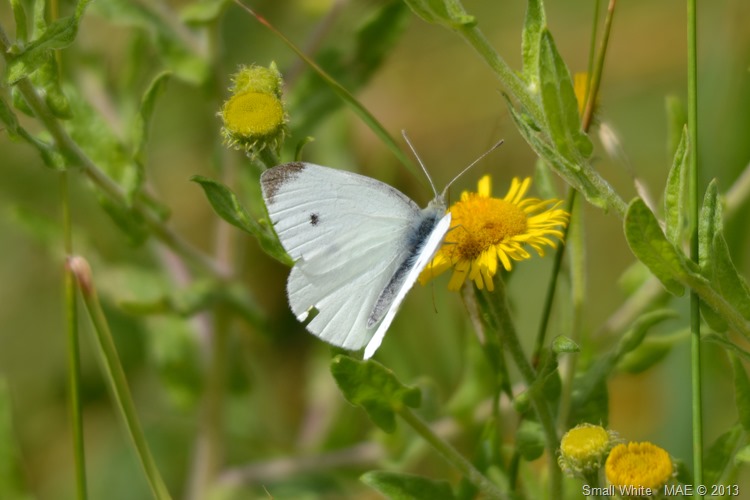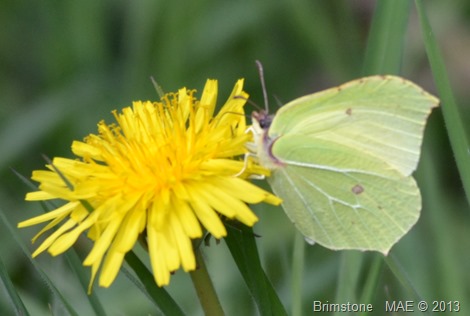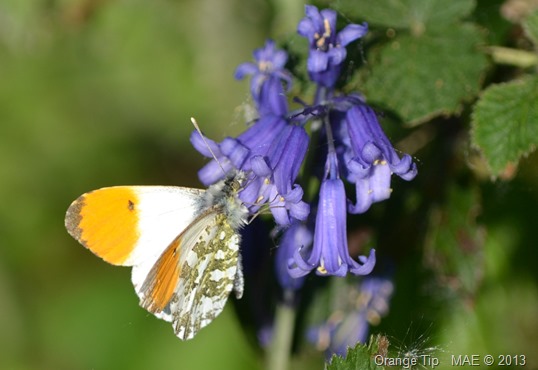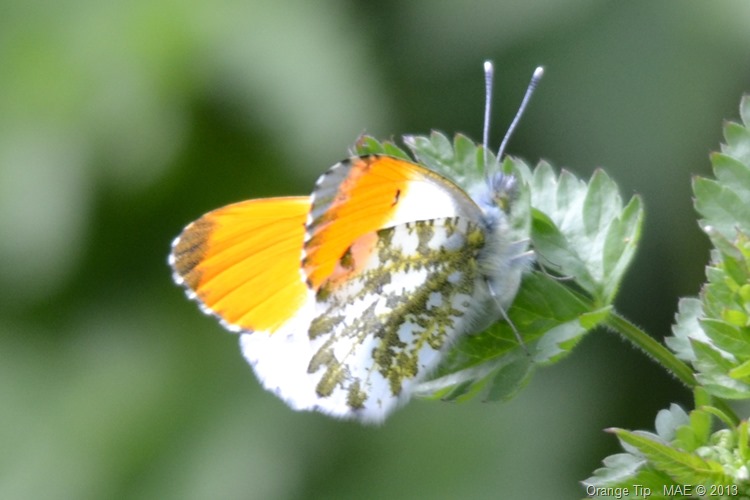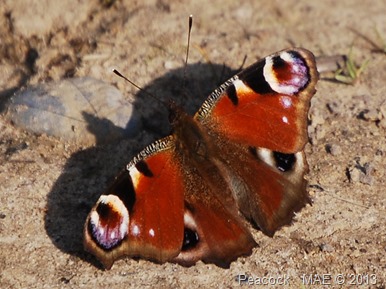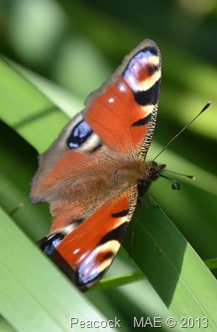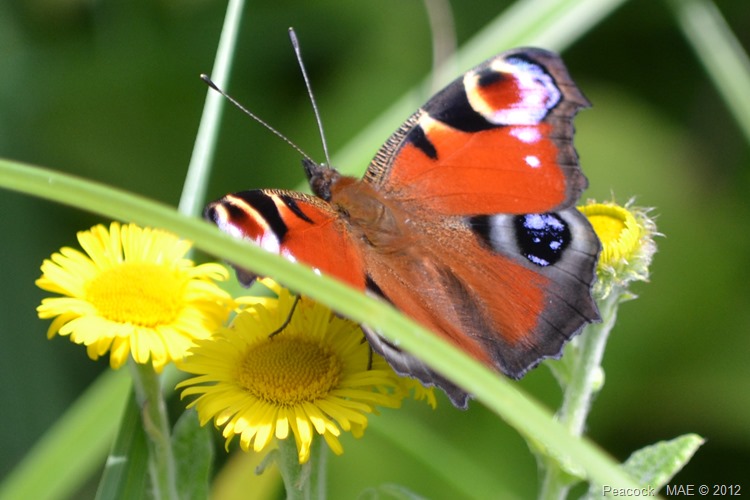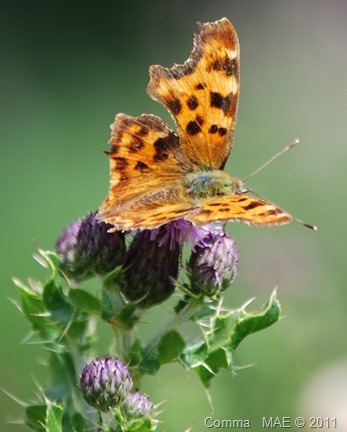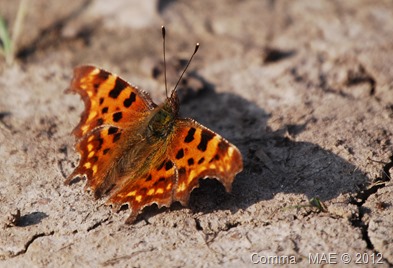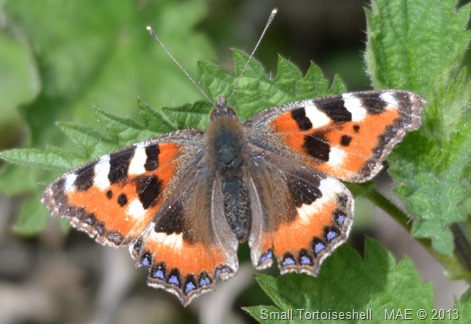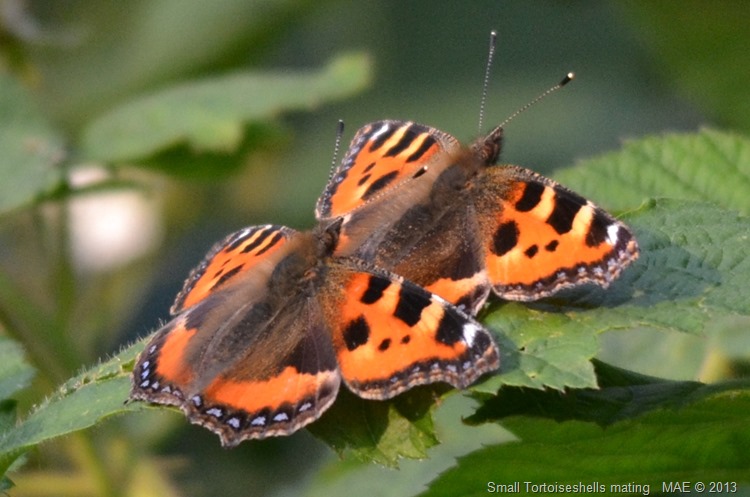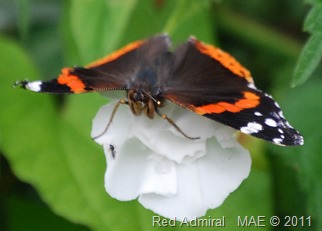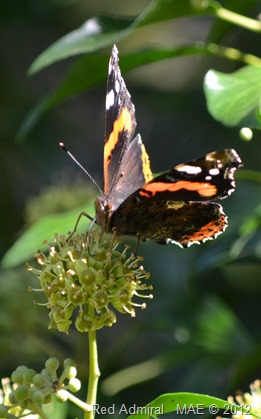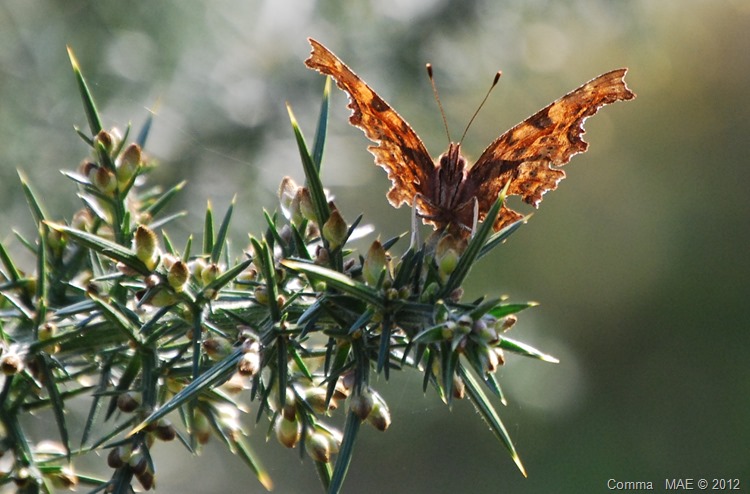Recently I have been taking quite some pictures of dragonflies and darters. I did already had a few pictures of one particular damselfly in my archive. They all belong to the family of the Coenagrionidae and are carnivorous. They are actually known to be fierce predators.
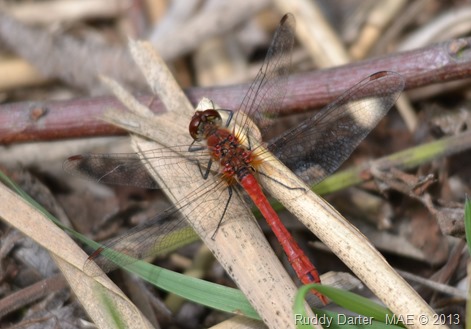 Where the dragonflies and darters will rest with their wings abreast, the damselflies will fold theirs parallel to their abdomen. But all of them have beautiful colours.
Where the dragonflies and darters will rest with their wings abreast, the damselflies will fold theirs parallel to their abdomen. But all of them have beautiful colours.
It is however not easy to take pictures, because they are splendid flyers and hover only for a short moment. Luckily I have been able to catch some with my camera; one perticular even in flight! I am therefore proud to present the results.
This Ruddy Darter (Sympetrum Sanguineum) happened to sit still for a longer period when I was visiting the Slimbridge Wetland Centre. The Dutch name is Bloedrode Heidelibel.
The picture below is of a Common Darter (Sympetrum Striolatum) of which the Dutch name is: Bruinrode Heidelibel. It could be easily mistaken for the Ruddy Darter, unless you look closely at the difference in colours.
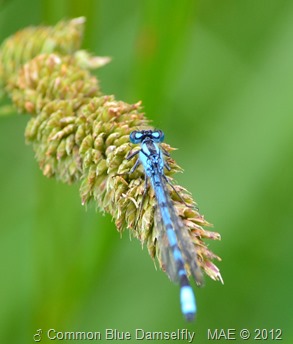 The Common Blue Damselfly (Enallagma cyathigerum) is indeed not rare and a lot can be seen in high grass on a warm day. The colours of the male are very bright and blue, whereas the female has a more grey-ish pattern.
The Common Blue Damselfly (Enallagma cyathigerum) is indeed not rare and a lot can be seen in high grass on a warm day. The colours of the male are very bright and blue, whereas the female has a more grey-ish pattern. 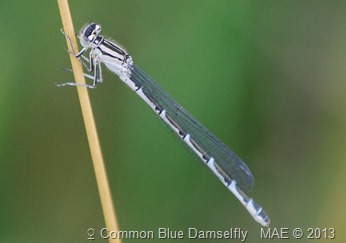
The Dutch name is: Watersnuffel.
When they mate, the male curls it’s tail and insert it’s sperm in the top of the female’s abdomen
This can be seen in the picture below of two similar damselflies: the Blue-tailed Damselfly (Ischnura Elegans) which is called Laantaarntje in Dutch.
To end this blog, I will show some of the bigger dragonflies. They are: a female Broad-bodied Chaser or Darter (Libellula Depressa, Platbuik), a Brown Hawker (Aeshna Grandis, Bruine Glazenmaker), an Emperor Dragonfly (Anax Imperator, Grote Keizerlibel) and a Black-tailed Skimmer (Orthetrum Cancellatum, Gewone Overlibel).
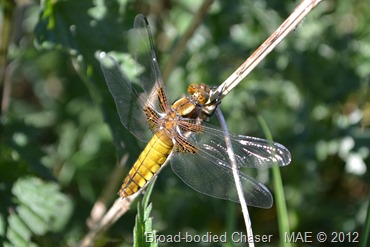 |  |
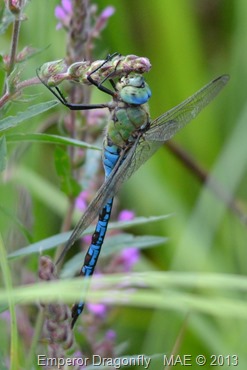 | 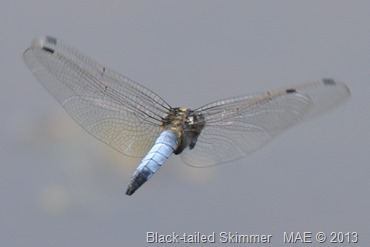 These insects are indeed remarkable and beautiful. I should go out and about to find some more different varieties. Because this is only a start… |
